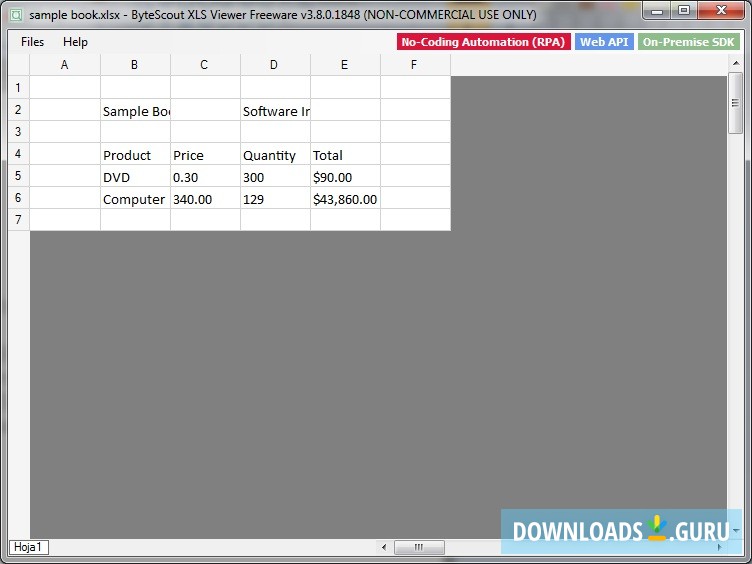Ldp Exe Microsoft Windows 7
- Microsoft Ldap Query Tool
- Ldp Exe Tool
- Download Ldp
- Ldp Exe Microsoft Windows 7 64-bit
- Windows Support Tools Ldp
Installing LDP is easy. From the CD support tools, double click suptools.msi. Alternatively, here is a free download of Microsoft’s LDP. There are a number of ways of executing ldp.exe, to begin with, let us call for the Run dialog box and type ldp. Remote Server Administration Tools (RSAT) enables IT administrators to remotely manage roles and features in Windows Server from a computer that is running Windows 10, Windows 8.1, Windows 8, Windows 7, or Windows Vista.
For the past 5 years Microsoft made it quite easy for users of the Windows 7 operating system to obtain reinstall media. If you lost your retail installation disc or recovery media; either it was damaged or faulty; you could download a copy of the edition you have a license for from an affiliate website named Digital River. Getting the error: Not a valid 32-bit application can have many causes: I have listed some of them below. File is corrupt, bad, or missing. If the hard disk drive is corrupted or bad it can cause working programs to fail either because not all the data can be read from the hard disk drive or because the program has become corrupted while on the drive. Ldp Exe Download Windows 7 0 To list the replication metadata for an object in Active Directory: On the Browse menu, point to Replication and then click View Metadata. The Replication Metadata dialog box opens.
Microsoft Ldap Query Tool
If you want a graphical tool to find the DN of an Active Directory object then the free Microsoft tool LDP.exe should do the trick. The tool is included with the Windows Server OS and can be accessed from your local computer if you have the Windows Server 2003 Admin Pack or the 2008 RSAT installed.
Ldp Exe Tool
Note: The steps below are from the 2008 R2 RSAT version of LDP, the process is very similar for the 2003 version however some of the memu names etc at a bit different.
You can do some real damage to your domain using this tool, I recommend that when you bind to the domain you user the credentials of a standard use not an administrator.

Download Ldp
1) Open Start => run enter LDP and press OK
Ldp Exe Microsoft Windows 7 64-bit
2) Go to Connection => connect
3) Enter the FQDN of the domain or of a domain controller and press OK
4) Go to connection Bind
5) Either select “Bind as current user” or specify some alternative credentials, then press OK.
I recommend that when you bind to the domain you use the credentials of a standard user not an administrator.

6) go to View => Tree
7) On the Tree View dialog you caa normally just press OK but if you have a large domain you may want to specify the DN of a root to reduce the load on the DC.
8) Browse down the tree on the left (double-click to expand) until you get to the object you want the DN of. Right-click the object and select Copy DN
Windows Support Tools Ldp
9) Paste the DN in notepad or wherever.